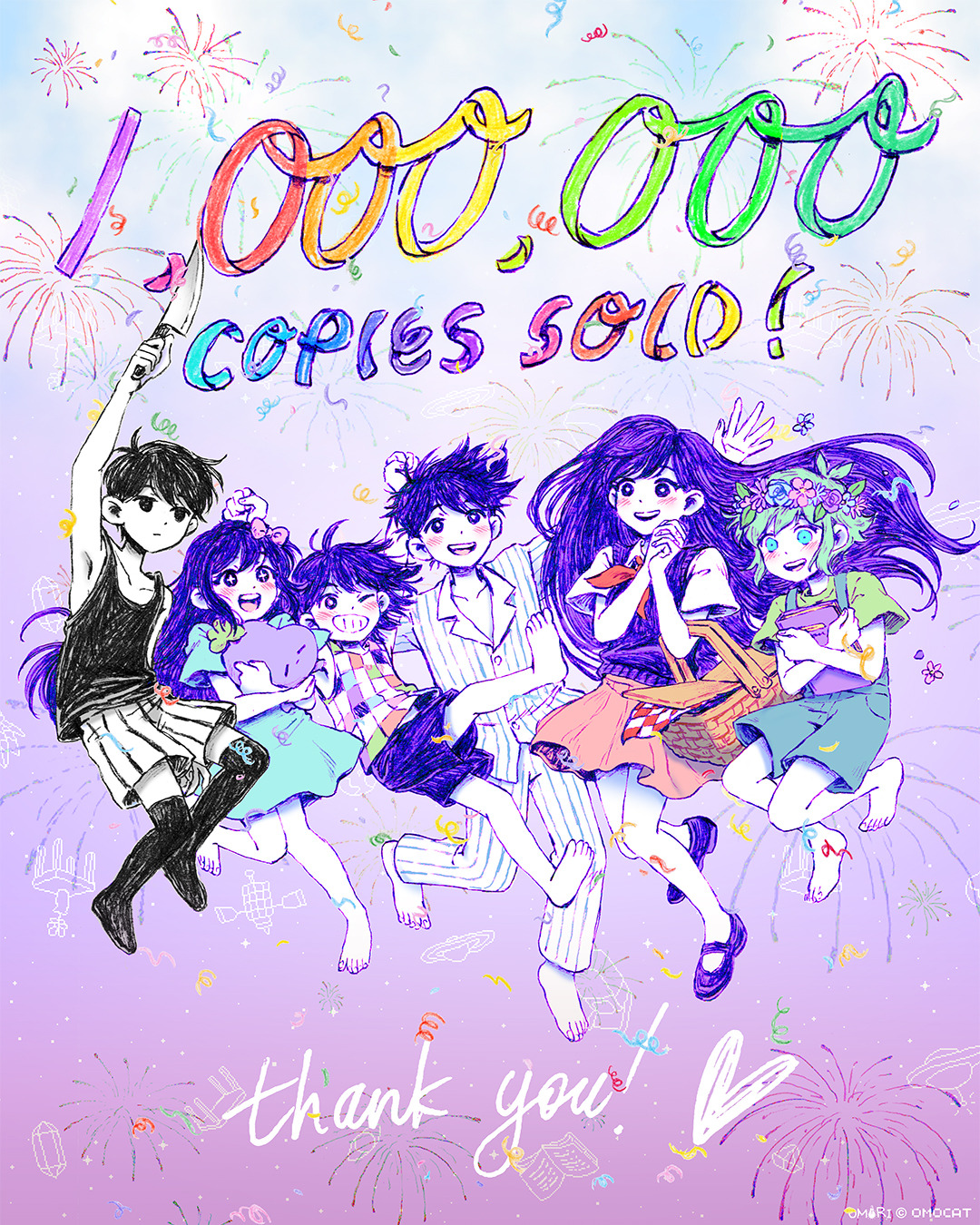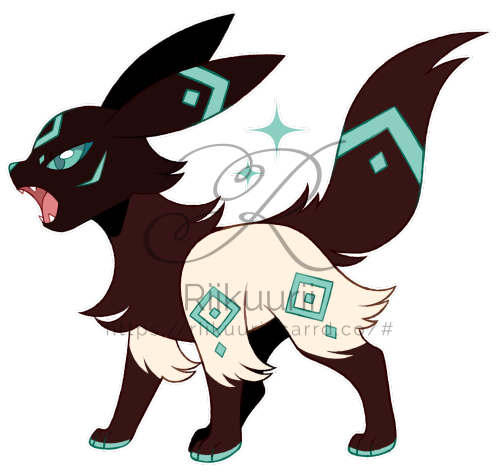A platypus?
Flambo is my fav character
Decided to post it here too ! AF attack for my friend @dragon-pawz 🌿💖 Loving their Flygon OC, Mistral, so so much !!
Attack for my friend @riikuurii!! Honestly very pleased with how this turned out. The shading ended up looking pretty cool and I feel like I get better at these Omori inspired icons with each try
Painted a lil frog fairy for Study Buddies 🐸🧚♀️
Reference photos by Astrid Hauzenberger and John Cobham ✨

OMORI has sold 1,000,000 copies! thank you!
00v:
reblog to reblog from the person you reblogged from
put your fav 1-3 pokemon in the replies i want to know everyone’s fav here are mine: shinx, midday and dusk lycanroc, espeon 💕
omg i did not expect this post to get so many reblogs of all things! I love reading through the replies and tags, thank you!!!
i might make a data set after christmas with the most loved pokemon based on this post because it’s super neat and i’d love to see the most loved pokemon!!

reminder that the portal bundle is on sale for only $1.48 right now!!! if you haven’t already go get that sucker!
made a bunch of holiday icons for fun. feel free to use! :3
Scraper Bots, Fuck Off! How to “Opt Out” of Your Artistic “Data” Being Used in “Research”
How can artists protect their work from being used by art-generating “AI” bots? How can we take a stand against this continuing, as more and more programmers build their own forks and train derivative models?
Here are a few steps artists can take to keep their work from being used to train new art generators (and one step non-artists can do to help). For the reasoning and explanation behind these steps, click the Read More.
The Method:
- Remove images that do not have watermarks. Take down every one of your images that can be accessed publicly and does not have a watermark. (In fact, if you have the resources, take down every image, even those with watermarks, and reupload them with new names or URLs).
- Add watermarks to your images and re-upload them. Put a watermark on every image you intend to share publicly. It doesn’t have to be huge and obvious, but for best results, it should have text, and if you really want to be a pain in some engineer’s neck, it should be colorful. I explain why below the cut. @thatdogmagic has shared an absolutely brilliant watermark method here (https://www.tumblr.com/thatdogmagic/702300132999397376/that-your-audience-wont-hate-this-is-a-method).
- Watermark everything. From now on, any image you share publicly should have a watermark.
- One host domain only. Strive for keeping your image files on only one domain—for example, tumblr.com, or your personal domain. Again, I explain below the cut.
- ADVANCED: Configure your domain’s robots.txt. If you have administrative access to your host domain, update your robots.txt file to contain the following: User-agent: CCBot Disallow: /
- ADVANCED: Configure your meta-tags. If you have administrative access to your web pages, update your meta-tags to include the following: <meta name=“robots” content=“nofollow”>
- ADVANCED: Configure your .htaccess. If you have administrative access to your host domain, update your .htaccess file to prevent hotlinking to images. There are a few ways to achieve this, and a simple tutorial can be found here (https://www.pair.com/support/kb/block-hotlinking-with-htaccess/).
BullyingCampaigning. If you do not have administrative access to your host domain (for example, if you host on tumblr, or deviantart), ask your administrator to block CCBot in the domain’s robot.txt, disable hotlinking, or take similar actions to prevent image scraping.- Aggressively pursue takedowns on image sharing sites. The best known sources of this issue are Pinterest and WeHeartIt, but especially focus on Pinterest. The image takedown form for Pinterest can be found here (https://www.pinterest.com/about/copyright/dmca-pin/), and the image takedown form for WeHeartIt can be found here (https://weheartit.com/contact/copyright).
- Non-artists: do not reupload images, do not share reuploaded images (no, not even to add the source in comments), do not truck with re-uploaders. If you see an image without a watermark on image share sites like Pinterest, and it doesn’t look like the artist themselves pinned it, give them a heads up so they can file a takedown.
The Reasoning:
Why watermarks? Why meta-tags? What good will any of this do?
Below the cut, I explain how these art-generation bots are “trained,” and how we can use that information to prevent new bots from training on stolen art.
…that your audience won’t hate.
This is a method I started using when NFTs were on the rise - thieves would have to put actual work into getting rid of the mark - and one that I am now grateful for with the arrival of AI. Why? Because anyone who tries to train an AI on my work will end up with random, disruptive color blobs.
I can’t say for sure it’ll stop theft entirely, but it WILL make your images annoying for databases to incorporate, and add an extra layer of inconvenience for thieves. So as far as I’m concerned, that’s a win/win.
I’ll be showing the steps in CSP, but it should all be pretty easy to replicate in Photoshop.
Now: let’s use the above image as our new signature file. I set mine to be 2500 x 1000 pixels when I’m just starting out.



























